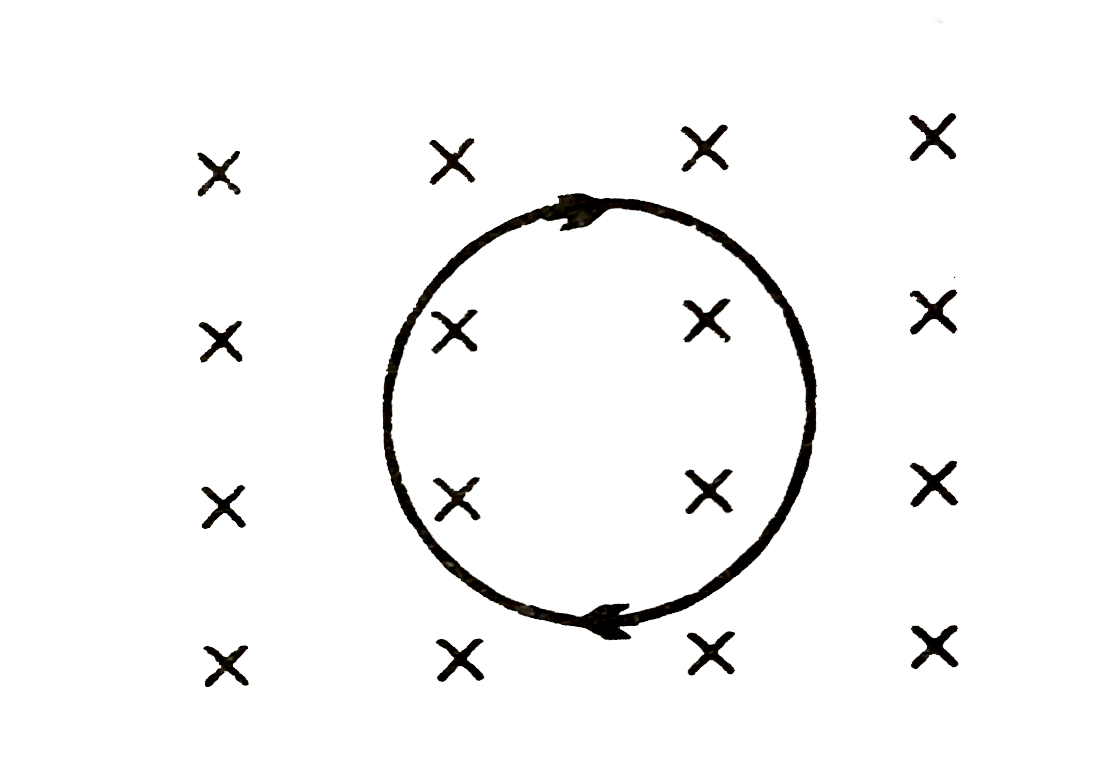Mark the correct option.
Mucous coating of epithelium lining the GIT is considered as a physiological barrier.
Saliva in the mouth is an example of physical barrier of innate immunity
Interferons which protect virus-infected cells are glycoproteins that constitute cytokine barriers
Macrophages in tissues, natural killer cells, PMNLs and monocytes in blood are part of cellular barriers providing innate immunity
To solve the question, we need to analyze each of the given options regarding innate immunity and identify the correct one. Here’s a step-by-step breakdown of the solution:
Step 1: Analyze the First Option
- Statement: Mucous coating of epithelium lining the gastrointestinal tract is considered as a physiological barrier.
- Evaluation: This statement is incorrect. The mucous coating serves as a physical barrier rather than a physiological barrier. Physical barriers prevent pathogens from entering the body.
Step 2: Analyze the Second Option
- Statement: Saliva in the mouth is an example of a physical barrier of innate immunity.
- Evaluation: This statement is also incorrect. Saliva is a physiological barrier because it contains enzymes and antibodies that help in the immune response, not merely a physical barrier.
Step 3: Analyze the Third Option
- Statement: Interferons which protect virus-infected cells are glycoproteins that constitute cytokine barriers.
- Evaluation: This statement is incorrect. Interferons are produced by virus-infected cells and help protect neighboring cells from viral infection. They do not constitute a barrier; rather, they are part of the immune response.
Step 4: Analyze the Fourth Option
- Statement: Macrophages in the tissues, natural killer cells, PMNLS (polymorphonuclear leukocytes), and monocytes in blood are a part of cellular barriers providing innate immunity.
- Evaluation: This statement is correct. Macrophages, natural killer cells, PMNLS, and monocytes are all components of the innate immune system and act as cellular barriers to fight infections.
Conclusion
The correct option is the fourth one, which states that macrophages, natural killer cells, PMNLS, and monocytes are part of the cellular barriers providing innate immunity.
---
- Statement: Mucous coating of epithelium lining the gastrointestinal tract is considered as a physiological barrier.
- Evaluation: This statement is incorrect. The mucous coating serves as a physical barrier rather than a physiological barrier. Physical barriers prevent pathogens from entering the body.
- Statement: Saliva in the mouth is an example of a physical barrier of innate immunity.
- Evaluation: This statement is also incorrect. Saliva is a physiological barrier because it contains enzymes and antibodies that help in the immune response, not merely a physical barrier.
- Statement: Interferons which protect virus-infected cells are glycoproteins that constitute cytokine barriers.
- Evaluation: This statement is incorrect. Interferons are produced by virus-infected cells and help protect neighboring cells from viral infection. They do not constitute a barrier; rather, they are part of the immune response.
- Statement: Macrophages in the tissues, natural killer cells, PMNLS (polymorphonuclear leukocytes), and monocytes in blood are a part of cellular barriers providing innate immunity.
- Evaluation: This statement is correct. Macrophages, natural killer cells, PMNLS, and monocytes are all components of the innate immune system and act as cellular barriers to fight infections.
The correct option is the fourth one, which states that macrophages, natural killer cells, PMNLS, and monocytes are part of the cellular barriers providing innate immunity.
Topper's Solved these Questions
Similar Questions
Mark out the correct options
View SolutionMark out the correct options.
View SolutionMark out the correct options
View SolutionMark out the correct options.
View SolutionMark out the correct options.
View SolutionMark correct option w.r.t multiple alleles.
View SolutionMark correct option (w.r. t. Reverse Central Dogma)
View SolutionA circular coil carrying current I is placed in a region of uniform magnetic field acting perpendicular to a coil as shown in te Mark correct option
 .
.
View SolutionIn the figure, identify the tropical forest and coniferous forest from the markings A-F select the correct option

View SolutionMark correct options
View Solution